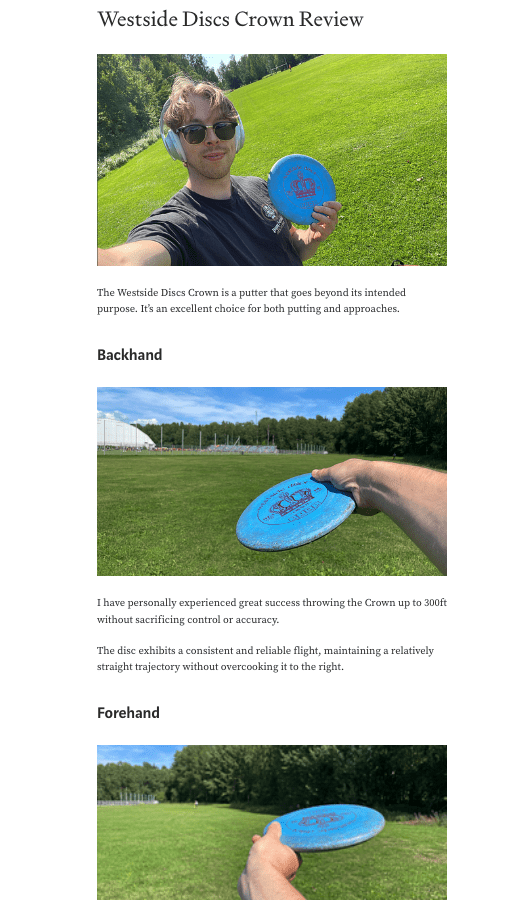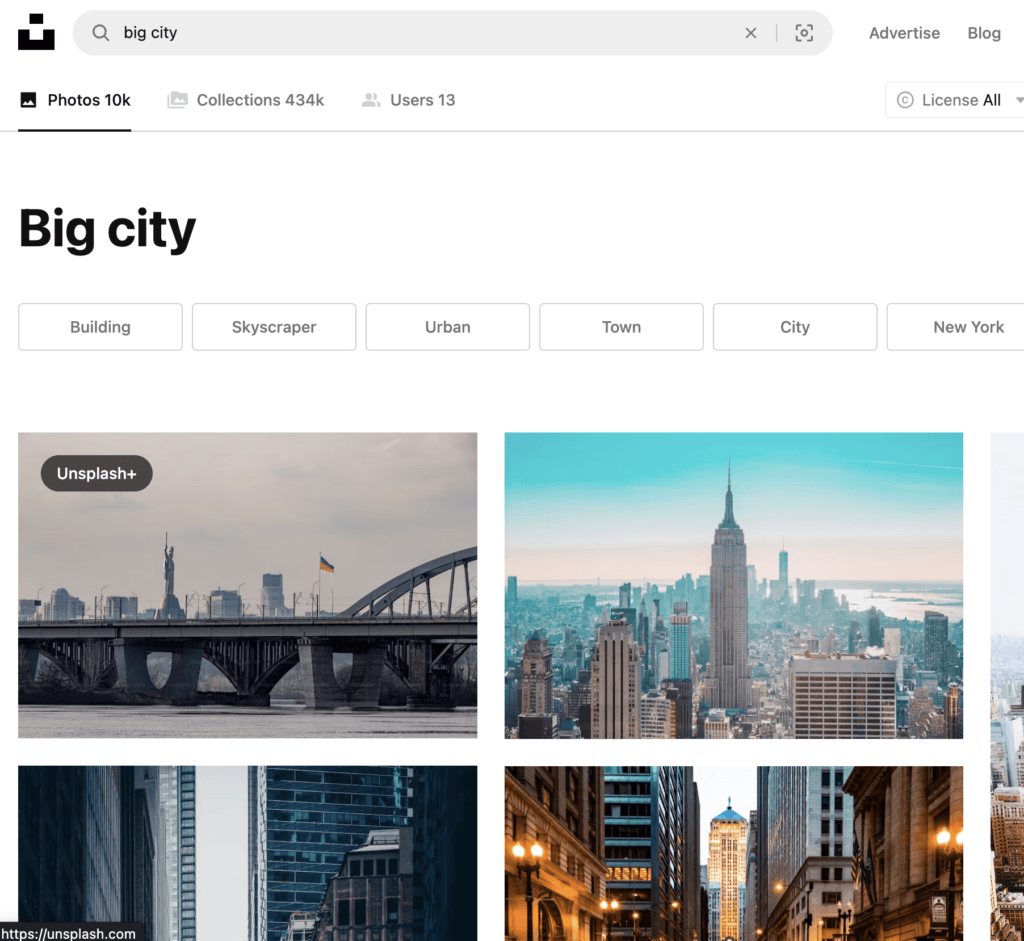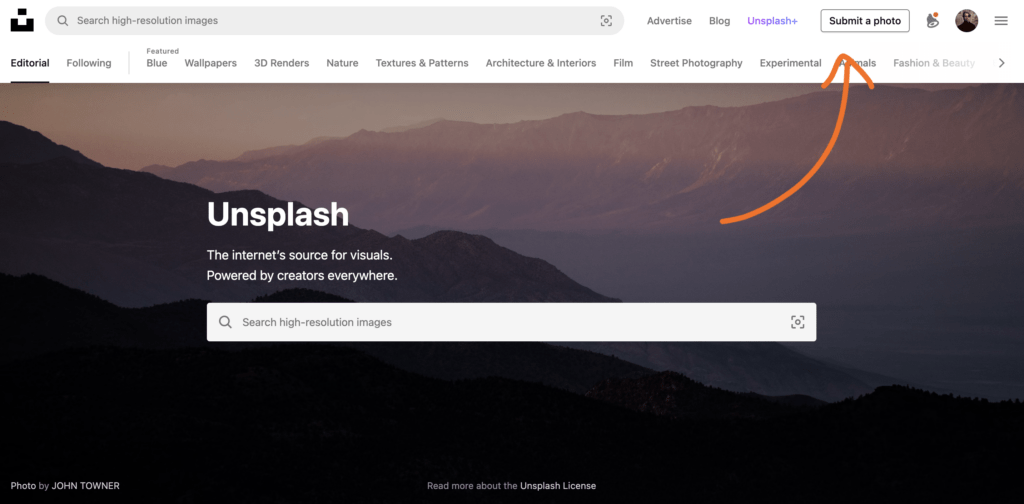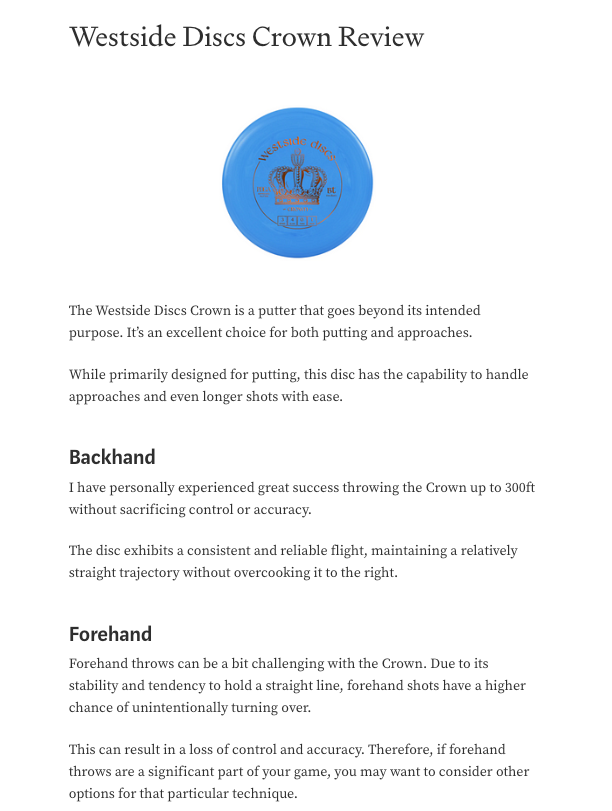Using images in blog posts is a must. No one wants to read those lengthy walls of text anymore.
But what if you don’t have a camera or studio-quality images at your disposal?
No worries!
You can use images from Unsplash, Pexels, or other similar free stock footage libraries.

But the question is: Should you use them?
No, unless absolutely necessary!
Let me show you why.
#1 Google Hates It
To rank high on Google, your post needs to add something new to the Internet.
One of the easiest ways to do this is by using unique images that you’ve taken and no one else has used before.

Before Google ranks your content, it thoroughly analyzes your images and can easily check if you’re using generic stock photos.

While there’s nothing wrong with using generic images (as long as you have rights to those), they won’t help you rank higher.
If Google notices that your content is generic and uses images that have been used millions of times before, why would they show your posts high in search results?
After all, every blog post Google shows eats up a small chunk of space from their index.
#2 Even AI Can Use Stock Images

These days even AI can write blog posts and enhance those by mixing in some stock footage.
This happens in a couple of seconds.
So if you spend time writing blog posts with stock images, you’re just doing what AI can do in seconds.
Not very clever or unique, right?
To stand out from the masses, your content needs to have something that no one else has.
Besides presenting your audience with original content, add images that no one has used before!
And don’t just take any random images.

Instead, use images that actually provide value and help you deliver your message.

This way you’re not only original but also useful.
#3 Cheap Looks
Stock images that are clearly not taken by the author will only give a cheap or salesy look to your blog post.

When I see stock photos in blog posts, I immediately turn around.
Those blog posts look like they’ve been written just for the sake of writing instead of being actually useful and providing value.
Way too many companies do this.
They run blogs just to sell their product. They ask freelancers to spend 30 minutes spinning their competitor’s article and then add some stock footage to make it look unique.
But this strategy won’t work. And you definitely don’t want your blog posts to look like this.
#4 Not 100% Risk-Free
Last but not least, using stock images isn’t fully risk-free.
Anyone can upload those images to the libraries.

For example, nothing prevents me from heading over to Apple’s homepage, downloading an image of an iPhone, and uploading it to a free stock library.
Thus, there’s always a risk that those images are copyrighted—even when the platform says they are free to use.
And at the end of the day, it’s your responsibility to use images that you actually have rights to.
What’s the Secret Then?
Take images with your mobile device and use those.
Those very basic amateurish photos give an authentic feeling to your posts.
At the end of the day, a successful blog post is more like a message from a friend than a formal piece of documentation from some higher authority.
Let me show you what I mean.
First, look at this review post I wrote with a generic photo of a disc golf disc.

Looks very boring and shallow.
This gives an impression of an AI-generated review that just repeats what’s told on the product page. The author has definitely never touched this disc in their life, right?
Cheap, generic, and not useful.
But then, look at the same post with images that I’ve taken:

Much better!
The images I took are very basic but they make the blog post relatable.
Instead of a generic review that repeats what’s said on the product page, I’m actually using the disc.
This is the power of using your own images.
They don’t need to be studio quality.
I think it gives a much more honest look when you use images that clearly show you’ve taken them yourself.
Should You Ever Use Stock Photos?
Now, I’m not saying you should never use stock images. I just recommend staying away from those as much as possible.
But when it comes to choosing between having no images at all vs stock photos, I’d lean towards stock footage.
For example, here I’m using stock footage in one of my posts where there simply weren’t great images I could add to the post

You’ve got to remember that people hate walls of text.
There’s so much visual content online that no one will read those lengthy text-only pages anymore.
So if you cannot take or obtain unique and helpful images to supplement your content, at least use some stock images to break the text up.
But always try to use images that help deliver your message!
Wrap Up
Thanks for reading. Happy writing!
